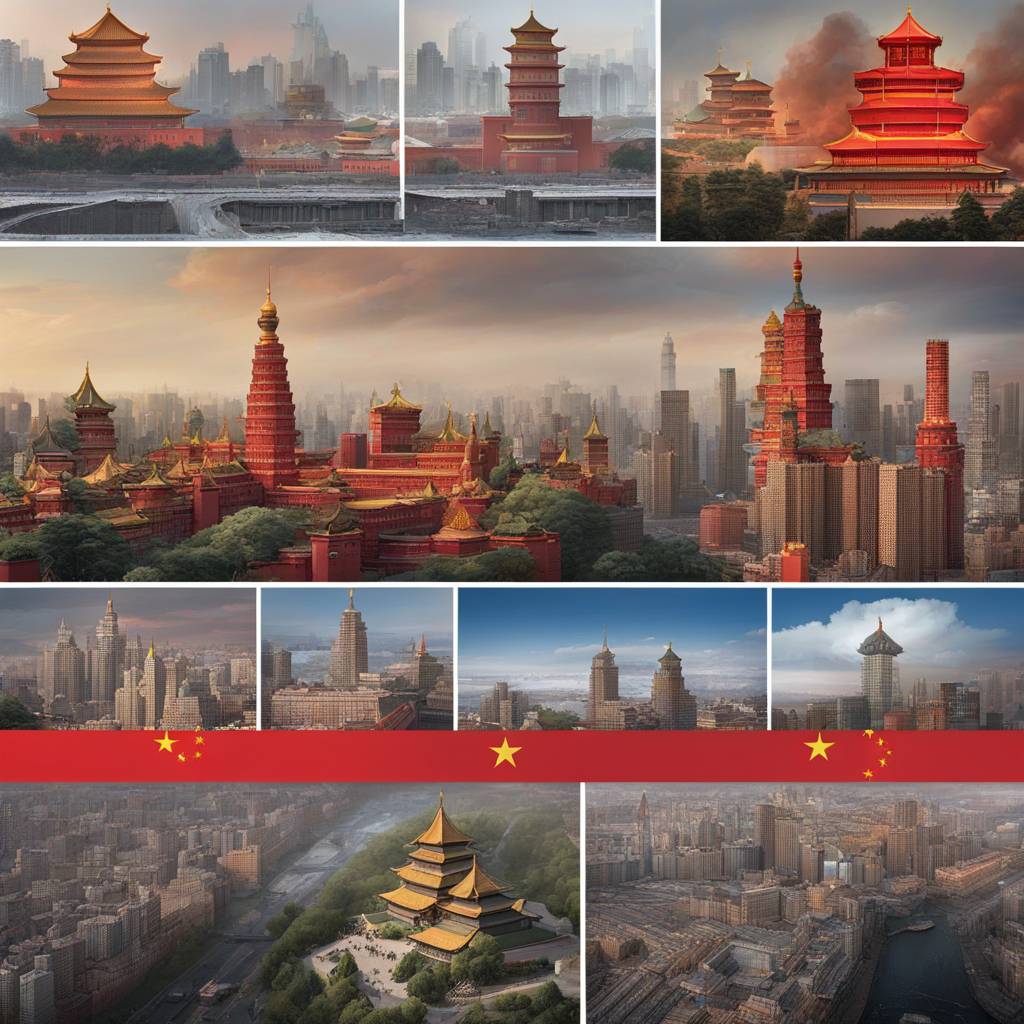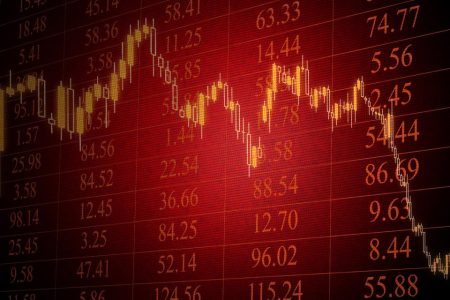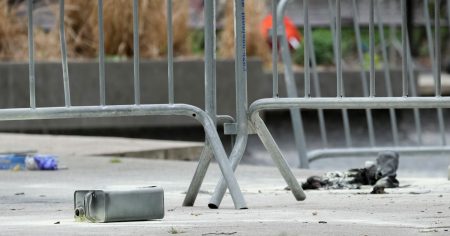America’s biggest adversaries, Russia and China, both seem to prefer a second term for Donald Trump in the 2024 presidential election. Vladimir Putin has long been known to favor Trump, as Biden has led opposition against Russia’s invasion of Ukraine. Trump has suggested ending support for Ukraine, which would benefit Russia. China, on the other hand, has taken steps to support Trump’s campaign, with covert Chinese accounts posing as American Trump supporters online, spreading conspiracy theories and attacking President Biden.
For Russia, a second Trump term would mean a continuation of his isolationist foreign policy, which Putin sees as advantageous for Russia’s interests. Trump’s disinterest in engaging with global politics and skepticism of alliances allow Russia more freedom to assert its influence in its region and beyond. China also stands to gain from a second Trump term, as his America First policies and reluctance to engage in international conflicts align with China’s own aggressive expansion in Asia, Africa, and Latin America.
The potential for domestic chaos in the U.S. in a second Trump term is also seen as advantageous for Russia and China. Trump’s unpredictable governance style and tendency for disorganization could lead to increased turmoil, which could allow other countries to assert more global influence. Trump’s encouragement of violence among his supporters and his promises to investigate and potentially jail his political opponents could further exacerbate political divisions and chaos in the U.S.
While Trump’s supporters believe that he can protect the country in a unique way, it is striking that America’s biggest global rivals see a Trump victory as serving their interests. Trump’s platform of making America great again is at odds with the interests of Russia and China, who benefit from a more isolationist America that does not challenge their aggressive foreign policies. If Trump were to win the 2024 election, it is likely that Russia and China would continue to exploit the chaos and division that his governance style creates for their own advantage.















